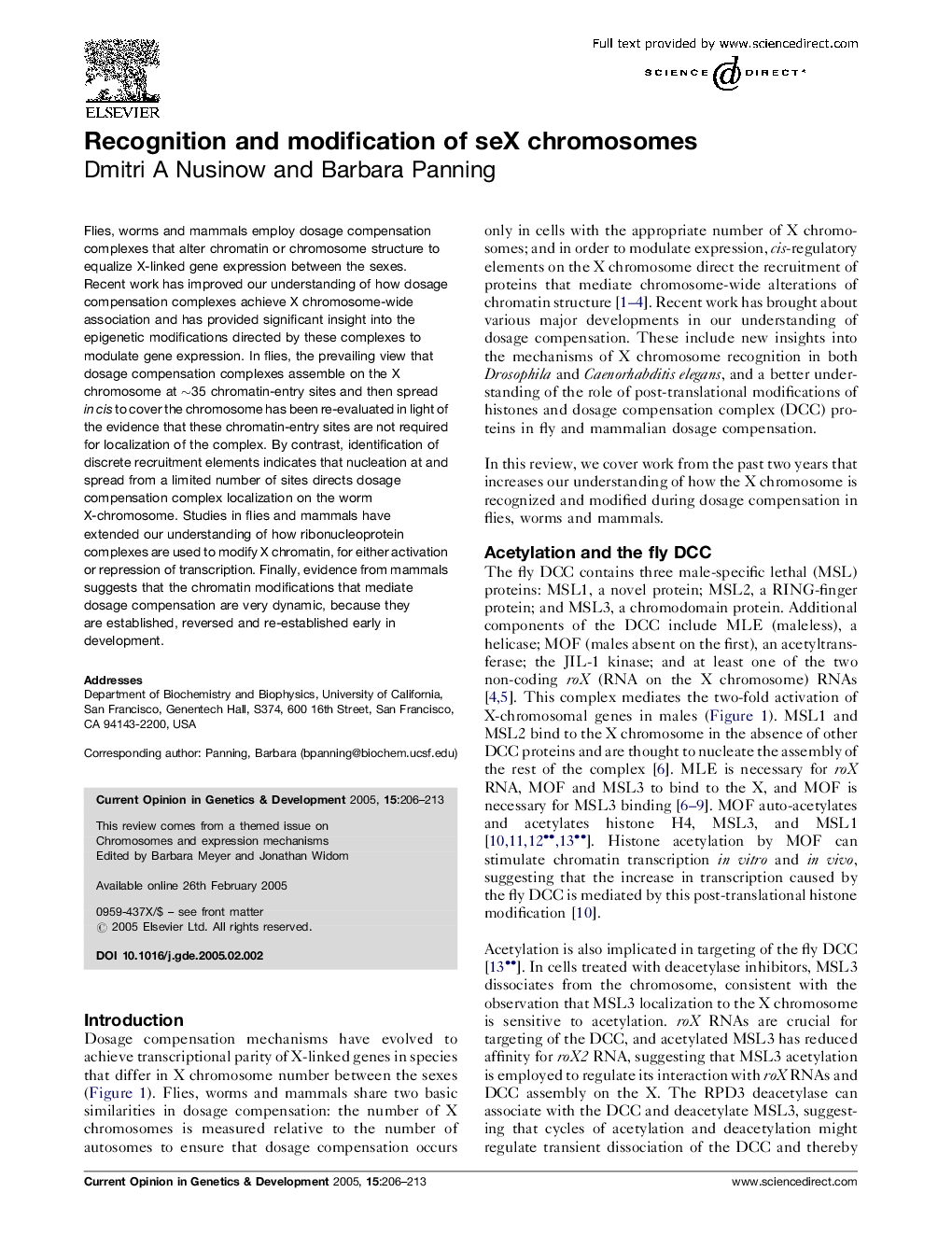| Article ID | Journal | Published Year | Pages | File Type |
|---|---|---|---|---|
| 9107664 | Current Opinion in Genetics & Development | 2005 | 8 Pages |
Abstract
Flies, worms and mammals employ dosage compensation complexes that alter chromatin or chromosome structure to equalize X-linked gene expression between the sexes. Recent work has improved our understanding of how dosage compensation complexes achieve X chromosome-wide association and has provided significant insight into the epigenetic modifications directed by these complexes to modulate gene expression. In flies, the prevailing view that dosage compensation complexes assemble on the X chromosome at â¼35 chromatin-entry sites and then spread in cis to cover the chromosome has been re-evaluated in light of the evidence that these chromatin-entry sites are not required for localization of the complex. By contrast, identification of discrete recruitment elements indicates that nucleation at and spread from a limited number of sites directs dosage compensation complex localization on the worm X-chromosome. Studies in flies and mammals have extended our understanding of how ribonucleoprotein complexes are used to modify X chromatin, for either activation or repression of transcription. Finally, evidence from mammals suggests that the chromatin modifications that mediate dosage compensation are very dynamic, because they are established, reversed and re-established early in development.
Related Topics
Life Sciences
Biochemistry, Genetics and Molecular Biology
Developmental Biology
Authors
Dmitri A Nusinow, Barbara Panning,
